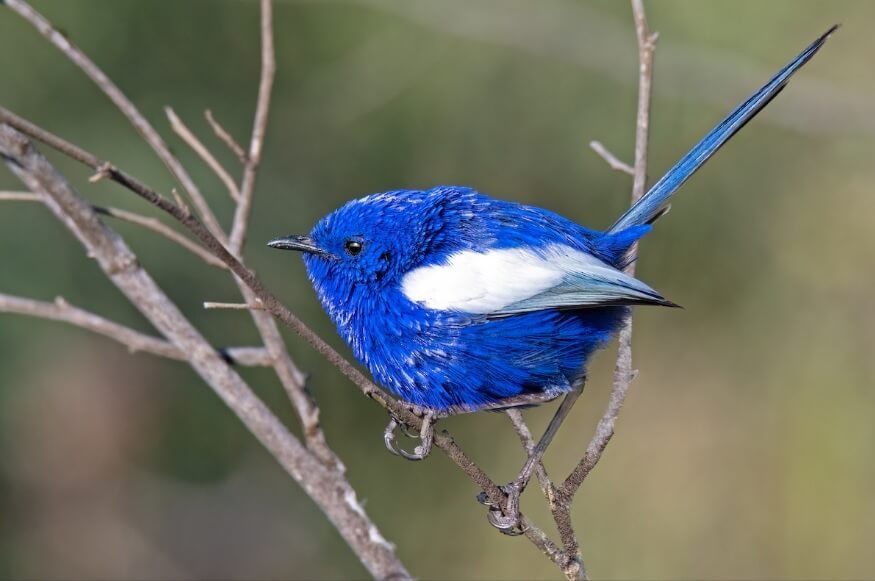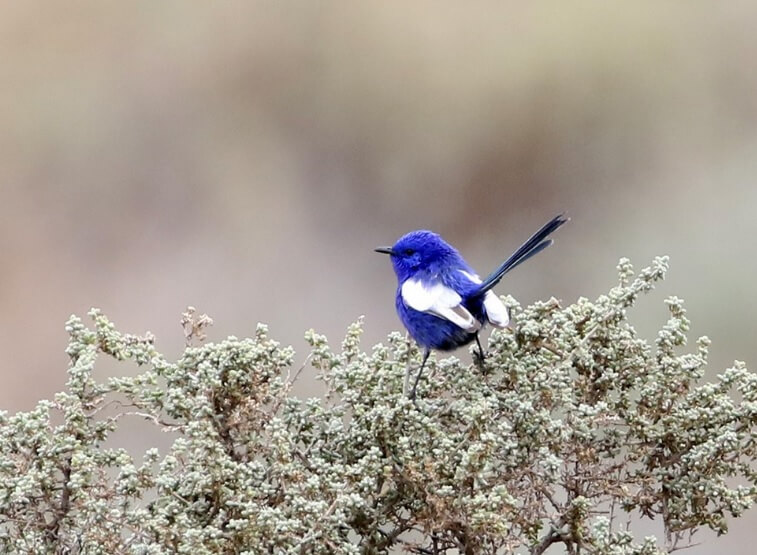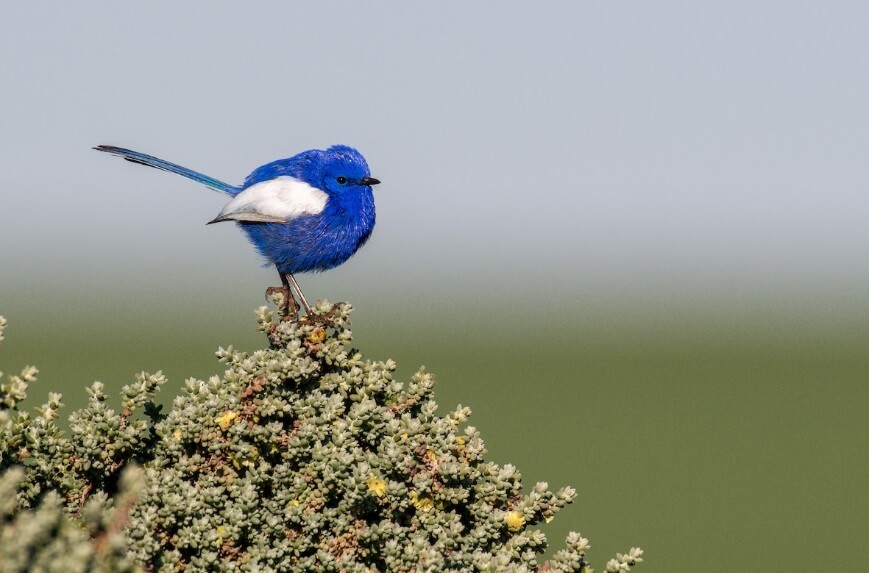Colorful feathered fellows are like beautiful ornaments hanging on trees' branches. When they soar and fly, they become dazzling shades gliding through the sky. Say hello to the white-winged fairywren (Malurus leucopterus), the flitting sapphire of the mid-air!
 Source: Hayley Alexander, Whyalla, South Australia, Australia
Source: Hayley Alexander, Whyalla, South Australia, Australia
 Source: Mat Gilfedder, Goondiwindi, Queensland, Australia
Source: Mat Gilfedder, Goondiwindi, Queensland, Australia
 Source: Roksana and Terry, Port Augusta, South Australia, Australia
Source: Roksana and Terry, Port Augusta, South Australia, Australia
 Source: Lachlan Read, Lake Tyrrell, Buloke, Victoria, Australia
Source: Lachlan Read, Lake Tyrrell, Buloke, Victoria, Australia
 Source: Elspeth M, Toowoomba, Queensland, Australia
Source: Elspeth M, Toowoomba, Queensland, Australia
 Source: Ricky Goodyear, Toowoomba, Queensland, Australia
Source: Ricky Goodyear, Toowoomba, Queensland, Australia
 Source: JJ Harrison, Chat Alley, Cobar, New South Wales, Australia
Source: JJ Harrison, Chat Alley, Cobar, New South Wales, Australia
 Source: Andy Gee, Oakey, Toowoomba, Queensland, Australia
Source: Andy Gee, Oakey, Toowoomba, Queensland, Australia
 Source: Elspeth M, Oakey, Toowoomba, Queensland, Australia
Source: Elspeth M, Oakey, Toowoomba, Queensland, Australia
 Source: Hayley Alexander, Whyalla, South Australia, Australia
Source: Hayley Alexander, Whyalla, South Australia, Australia
